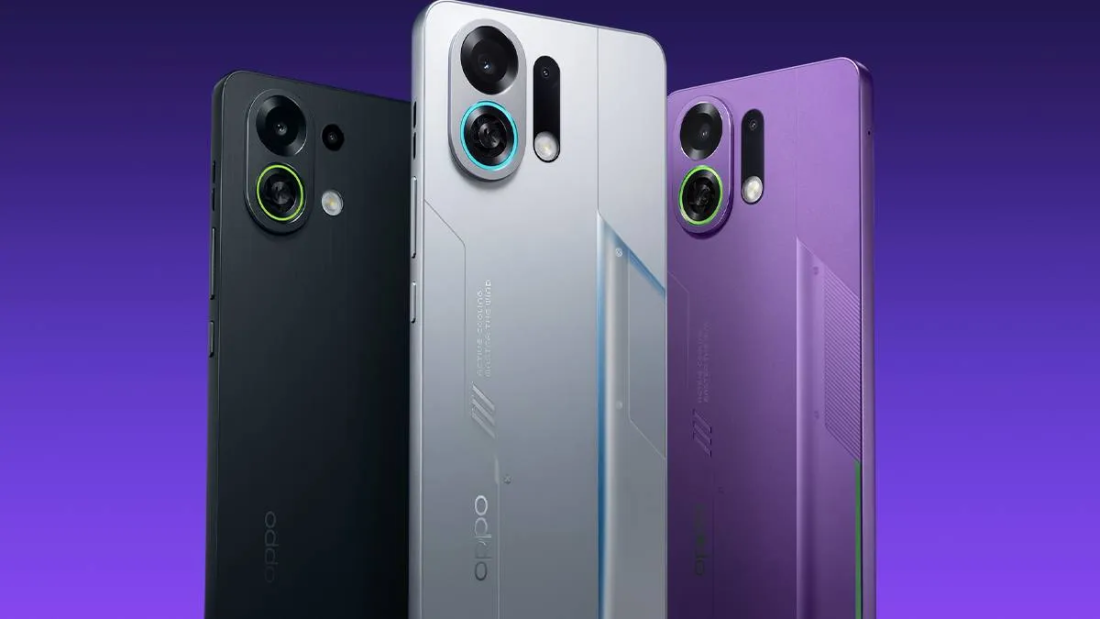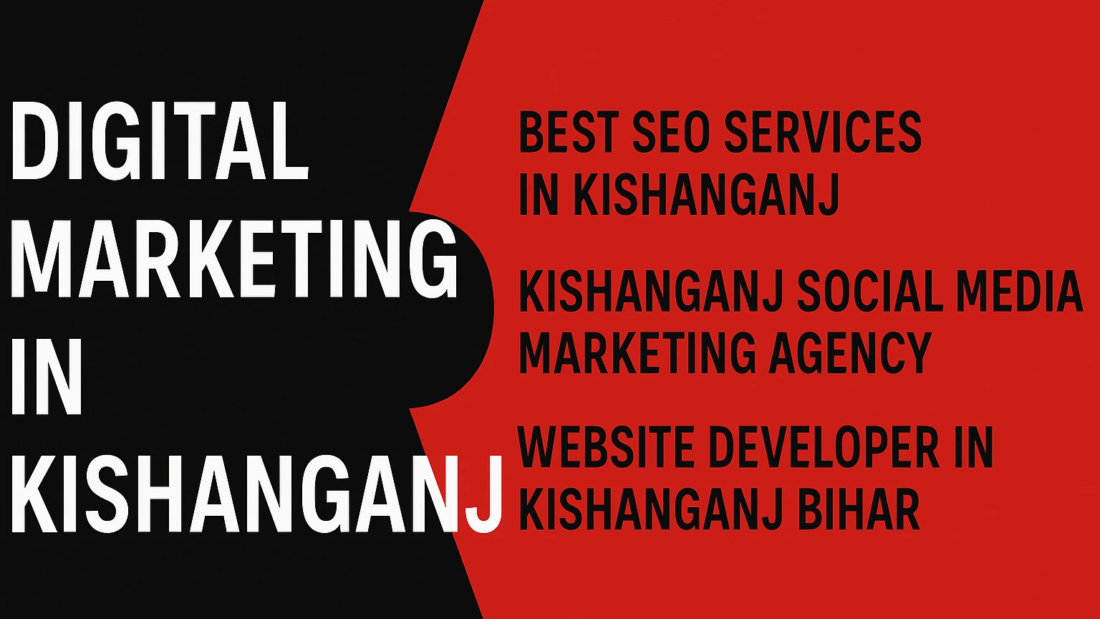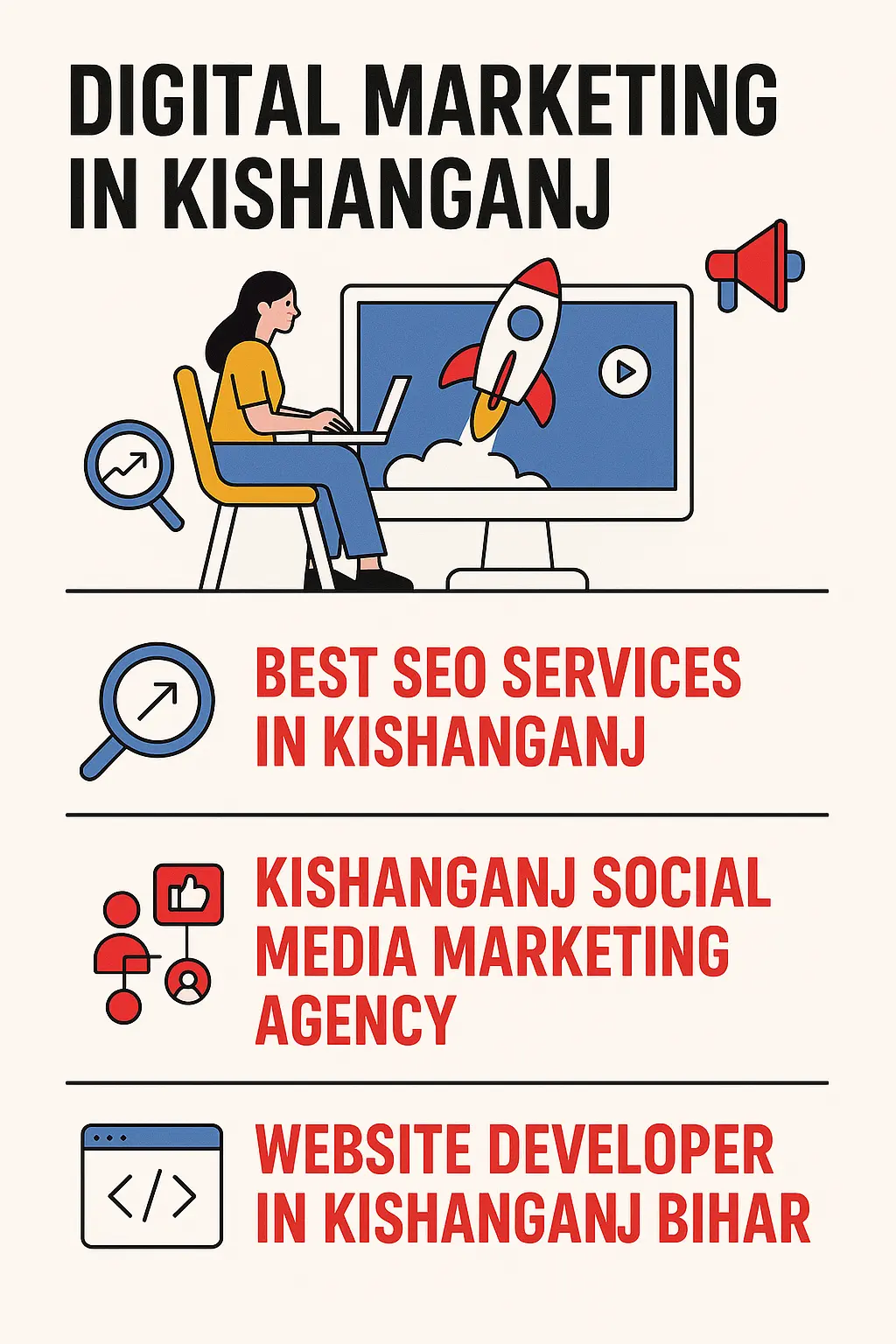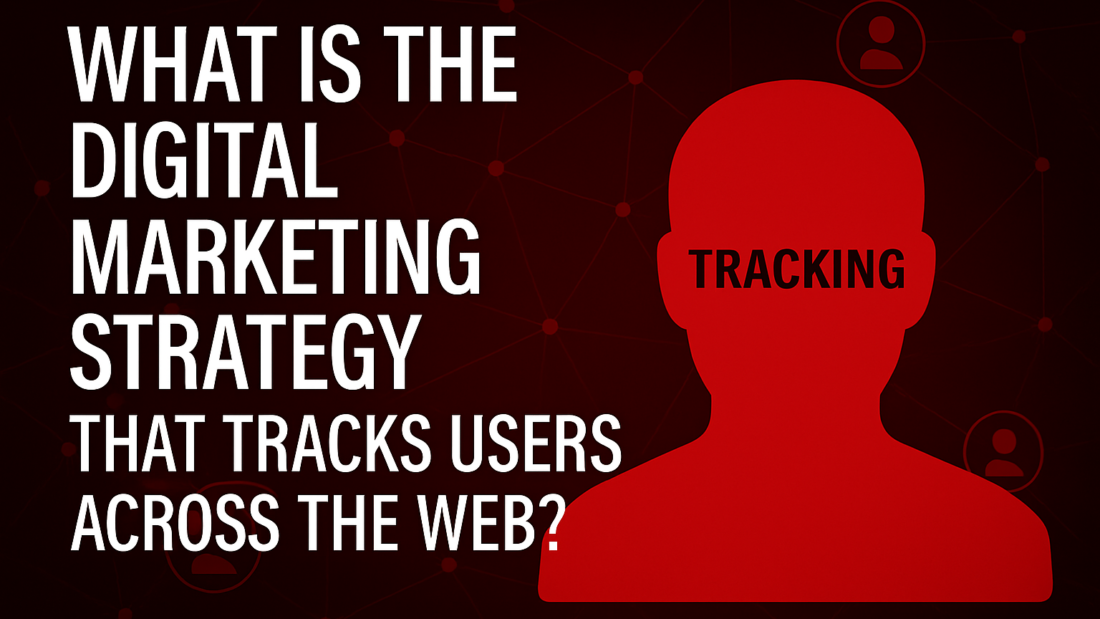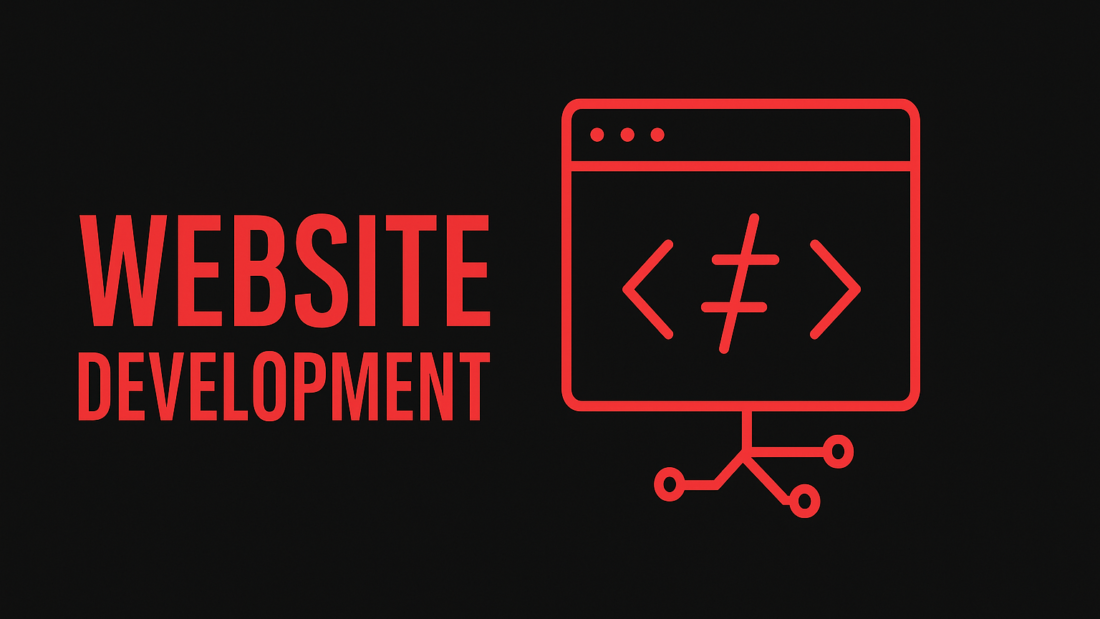Oppo has officially launched the Oppo K13 Turbo 5G and Oppo K13 Turbo Pro 5G in India, offering massive 7,000 mAh batteries, built-in cooling fans, and fast 80 W charging—perfect for gaming and heavy users.
India Launch Date & Availability
- Launch Date: August 11, 2025 (The Economic Times, Hindustan Times)
- Availability:
- K13 Turbo Pro 5G: Ships from August 15
- K13 Turbo 5G: Available from August 18 (Gadgets 360, mint)
- K13 Turbo Pro 5G: Ships from August 15
- Sale Platforms: Flipkart, Oppo e-store, and offline retail outlets
- Offers: Up to ₹3,000 instant bank discount and no-cost EMI options for up to 9 months (Gadgets 360, Hindustan Times)
Key Features & Specifications
Battery & Charging
- Both models include a 7,000 mAh battery with 80 W SUPERVOOC Flash Charge, reaching around 68% in just 30 minutes (OPPO, Gadgets 360, mint).
- Oppo claims the battery retains over 80% capacity even after 5 years of typical use (OPPO).
Display & Design
- 6.8-inch AMOLED display with 1.5K resolution, 120 Hz refresh rate, 240 Hz touch sampling, and up to 1,600 nits peak brightness (Hindustan Times, Gadgets 360, mint, Notebookcheck).
Cooling Technology
- A standout in-built fan system (Storm Engine) with a 7,000 mm² vapor cooling chamber actively manages heat. Oppo claims a drop of 2–4°C under heavy load with minimal noise (Hindustan Times, Gadgets 360, mint, Notebookcheck).
Performance & Software
- Oppo K13 Turbo 5G: MediaTek Dimensity 8450
- Oppo K13 Turbo Pro 5G: Snapdragon 8s Gen 4
- Options: Up to 12 GB LPDDR5X RAM and 256 GB storage (UFS 4.0 on Pro)
- Runs on ColorOS 15 based on Android 15, with 2 years of OS updates and 3 years of security patches (Hindustan Times, Gadgets 360, Notebookcheck, mint).
Camera Setup
- Both feature a 50 MP + 2 MP dual rear camera, and a 16 MP front shooter (Hindustan Times, Gadgets 360, Notebookcheck).
Durability & Extras
- IPX6/IPX8/IPX9 water resistance rating—quite rare in this segment (Gadgets 360, Notebookcheck).
- Other features include in-display fingerprint sensor, Bluetooth 5.4, Wi-Fi 7, NFC, IR blaster, and stereo support (Gadgets 360, Notebookcheck).
Pricing & Color Options
Oppo K13 Turbo 5G
- 8 GB + 128 GB: ₹27,999
- 8 GB + 256 GB: ₹29,999
- Colors: Knight White, First Purple, Midnight Marvier
- Sale begins: August 18 (Hindustan Times, Gadgets 360, Notebookcheck)
Oppo K13 Turbo Pro 5G
- 8 GB + 256 GB: ₹37,999 (effective ₹34,999 after bank discount)
- 12 GB + 256 GB: ₹39,999
- Colors: Silver Knight, Purple Phantom, Midnight Maverick
- Sale begins: August 15 (Hindustan Times, Gadgets 360, mint, Notebookcheck)
Summary Table
| Feature | Oppo K13 Turbo 5G | Oppo K13 Turbo Pro 5G |
| Launch Date | August 11, 2025 | August 11, 2025 |
| Battery & Charging | 7,000 mAh + 80 W SUPERVOOC | Same |
| Cooling System | Fan + Vapor Chamber | Fan + Vapor Chamber |
| Processor | Dimensity 8450 | Snapdragon 8s Gen 4 |
| RAM & Storage | 8 GB / 128–256 GB | Up to 12 GB / 256 GB |
| Display | 6.8″ AMOLED, 120 Hz | Same |
| Water Resistance | IPX6/IPX8/IPX9 | Same |
| Price (Starting) | ₹27,999 | ₹37,999 |
| Sale Starts | August 18 | August 15 |
Final Thoughts
The Oppo K13 Turbo Series brings a compelling blend of power and endurance with its 7,000 mAh battery, active cooling technology, and water-resistant design—features typically reserved for higher-end models. The Pro variant, driven by the Snapdragon 8s Gen 4, stands out for gamers and performance-focused users. With competitive pricing and attractive launch offers, this series is set to make waves in the Indian mid-range smartphone market.

